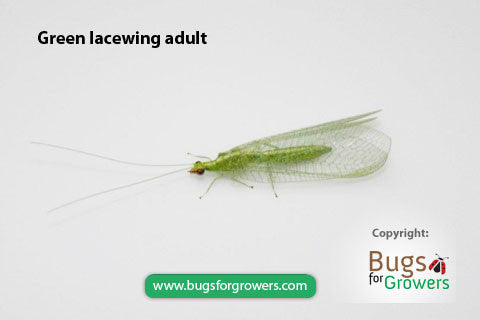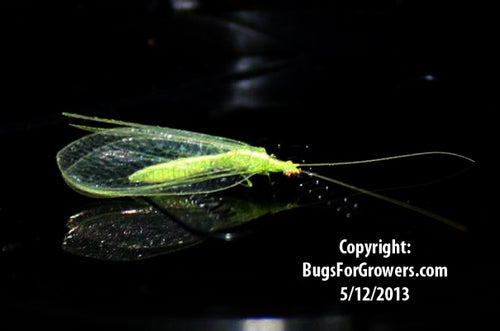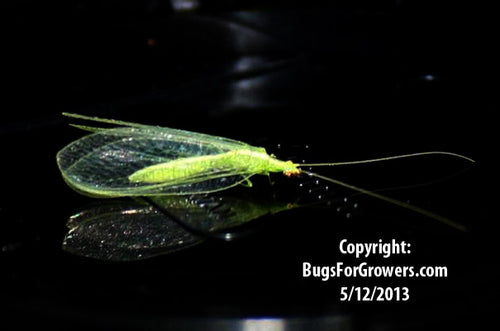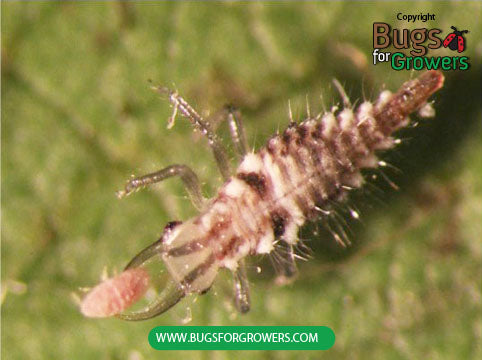Cabbage looper
Damage caused by Cabbage loopers
Only larval stages of cabbage loopers cause serious damage to many crop species including cabbage grown in fields and organic gardens. Generally, first three stages of larvae feed on the lower side of the leaves and keep upper part of leaves intact. In contrast, fourth and fifth stages chew holes in the center of leaves without damaging leaf margins. In addition to leaf damage, these larvae can feed and destroy growing point of the cabbage head.
Facts (show all)
- Common names
-
- Cabbage looper
- Scientific name
-
- Trichoplusia ni
- Identification
-
Adults: Adult moths of cabbage looper are mottled grayish brown in color with a centrally located white spot on each forewing. The hindwings are dark gray colored with margins marked with dark brown line and whitis brown colored fringy border.
Eggs: Eggs are hemispherical in shape and green to white in color.
Larvae/Caterpillars: Newly hatched larvae cabbage looper are are green in color whereas their mature larvae are pale green in color with a white stripe on each of the lateral side. Mature larvae are about 41mm long but they are narrower at the mouth region and wider at the tail region.
Pupae:Pupae of cabbage looper are green to brown in color and 20 mm long.
- Biology
-
Female moths lay over 300 eggs in their lifetime and in the clusters of 6-7 eggs on the upper and/or lower surfaces of leaves. Eggs hatch into small larvae within 2-3 days, then begin feeding on the leaves and develop through 4- 7 larval stages and become mature. The matured larvae then pupate in the soil or in cocoons on the leaf surfaces. Under favourable conditions, cabbage loopers can complete egg to egg life cycle in about 30 days or 6-7 generations in a year.
- Organic Control of the Cabbage looper
-
- Following beneficial bugs and plant products are used for organic control of the Cabbage looper
- Egg parasitic wasps
-
- Trichogramma brassicae
- Trichogramma pretiosum
- Trichogramma minutum
- Trichogramma platneri
- Beneficial Green lacewings
-
- Chrysopa carnea
- Chrysoperla rufilabris
- Predatory praying mantis
-
- Tenodera aridifolia sinensis
- Stagmomantis crolina
- Plant Product
-
- Molt-X® - (Active ingredient – Azadirachtin a compound isolated from neem leaves)






